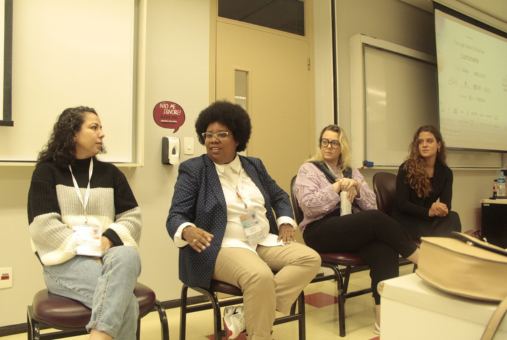
Women's leadership in digital native media has been highlighted by several studies on the sector in Latin America. Managers of journalistic organizations in Brazil have overcome leadership models created by men to find their own styles of team management. They also emphasize the importance of creating and maintaining spaces for exchange with other women leaders in journalism.

Lalo de Almeida of Brazil, Carlos Ernesto Martínez, of Salvadoran investigative site El Faro, John Otis of NPR and the Committee to Protect Journalists in the U.S. and Frances Robles of The New York Times are this year’s recipients of the 2024 Maria Moors Cabot Prize Gold Medals. Special citations go to InSight Crime and Laura Zommer.
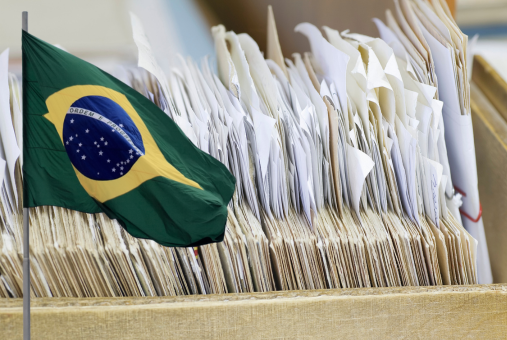
At a time when data journalism was in its infancy in Brazil and access to public information was limited, the award-winning series of reports “Os Homem de Bens da Alerj” (The Good Men of Alerj) stood out for revealing the enrichment of politicians elected to the Legislative Assembly of Rio de Janeiro. Twenty years later, the impact of that pioneering investigation still resonates in Brazilian journalism, whether through the use of advanced data analysis tools or the application of the Access to Information Law.
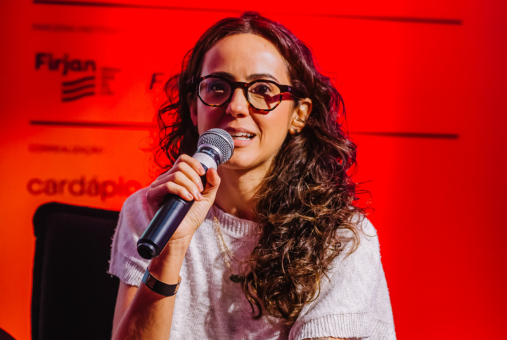
Five philanthropic foundations have already committed to donating US$2 million for the first two years of operation of a new fund to support public interest journalism in Brazil. LJR spoke to the consultants responsible for the fund, which aims to provide “more and better funding” to Brazilian journalistic initiatives.
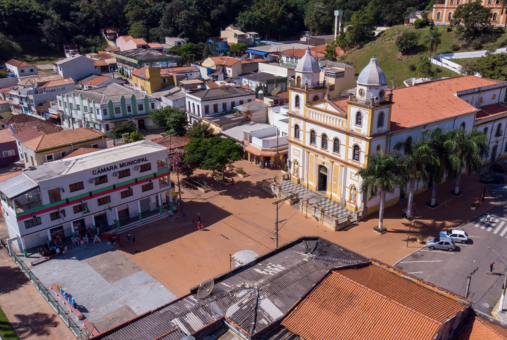
Almost half of Brazilian municipalities do not have local journalistic media, leaving 26.7 million people without news about their cities. A special report by Agência Mural shows how in Pirapora do Bom Jesus, a lack of news coverage mainly affects the periphery, making access to information difficult and increasing socioeconomic inequality.
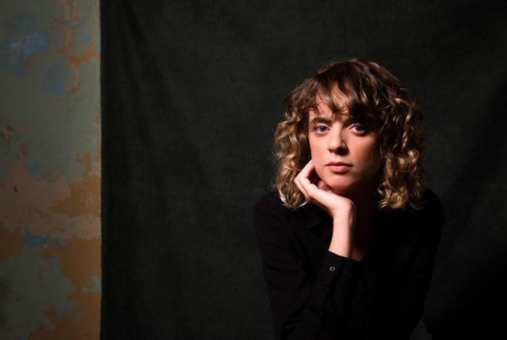
In the book “O pulpito” (The pulpit), Folha de S.Paulo journalist Anna Virginia Balloussier discusses topics such as entrepreneurship, politics, tithing, abortion and sex among evangelicals, seeking, as she says in the introduction, to avoid “falling into the trap of reducing individuals to stereotypes.” In an interview, she describes how she seeks to understand a highly heterogeneous phenomenon and responds to criticism of her work.
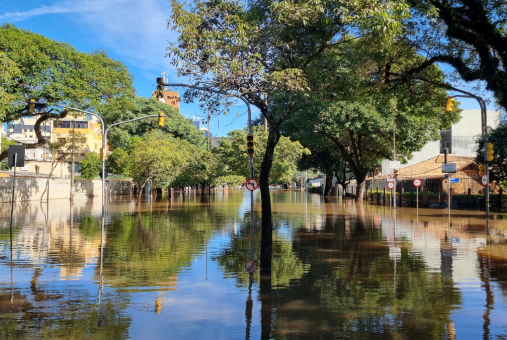
Rio Grande do Sul, a state in southern Brazil, is facing its biggest climate disaster, with floods that displaced more than 580,000 people and left 172 dead. Local journalists, many also affected, are dedicated to this unprecedented story. LJR consulted journalists from digital media outlets Matinal, Sul21 and Nonada, who spoke about their experiences and the sense of community among journalists that grew stronger amid chaos in the state.
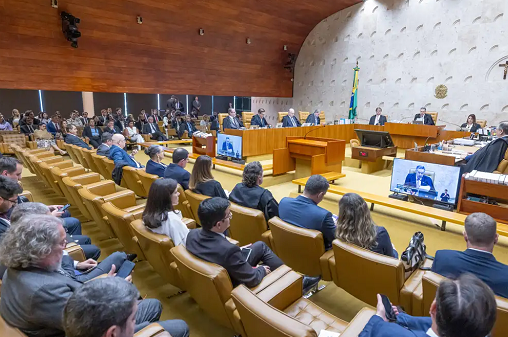
The Supreme Federal Court of Brazil established that coordinated lawsuits against journalists are a form of judicial harassment and also set the precedent that errors are an intrinsic part of the profession. Experts consider the actions positive and important steps, but say they’re insufficient to end abuse of the courts against the press.
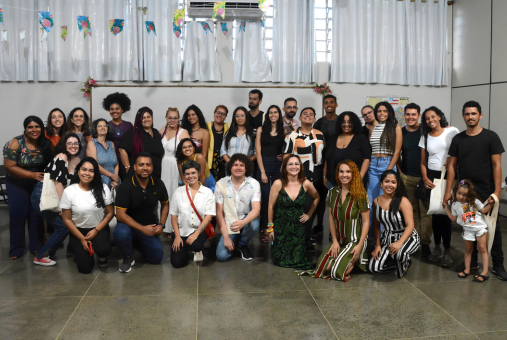
Ten local journalism organizations in Brazil’s five regions are participating in the Caravana project, run by the Brazilian Association of Investigative Journalism (Abraji). Local communities have been prominent in this process, which helps to establish a local sustainability network. LJR spoke with Coreto (Bahia) and Fala Roça (Rio de Janeiro) about participating in the project.
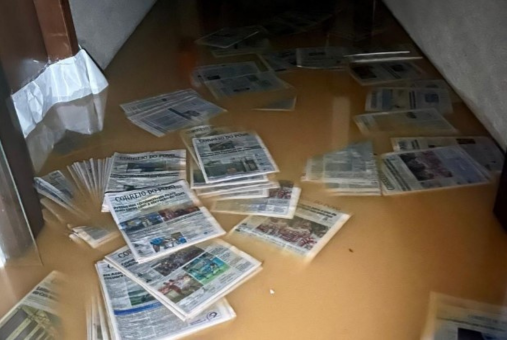
Newspaper Correio do Povo, based in Porto Alegre, Brazil, has covered Rio Grande do Sul for almost 130 years. The floods that devastated the state in the first week of May took over the newspaper's headquarters and the homes of its journalists. The publication and its staff are trying to maintain their commitment to journalism and inform their audience at the most critical moment in their history.
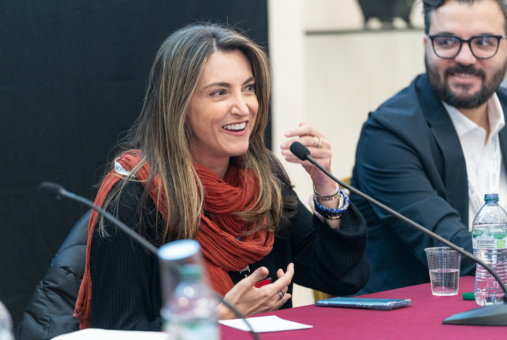
The importance of monitoring disinformation in political campaigns, the risks of using social networks to influence public discourse and the current role of fact checking were some topics that panelists from Argentina, Brazil and Mexico addressed at the International Journalism Festival 2024, in Perugia, Italy.
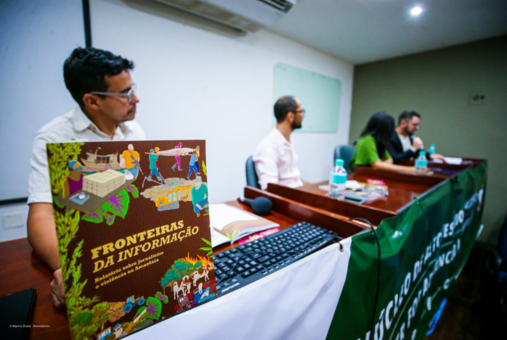
In a report from the Vladimir Herzog Institute, 10 journalists and communicators told how they have suffered threats and attacks for reporting on activities like mining and logging in the Brazilian Amazon. The document also offers safety tips and presents protective resources that journalists can turn to if they are in danger.